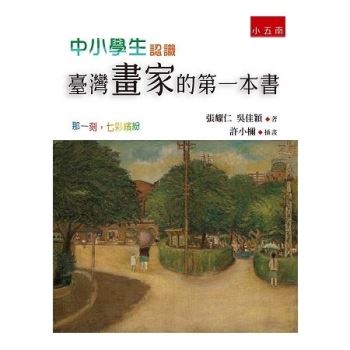Over the past thirty years social scientists and particularly social historians have stressed the need to take popular protest seriously. The corollary of this, the need to take the policing of protest seriously, seems to have been less well acknowledged. The aim of this volume is to redress this situation by probing, in depth, a limited number of incidents of public disorder and focusing particularly on the role of the police. In doing so, this collection will draw out general patterns of police provocation and public responses and suggest general hypotheses. The incidents explored range across Europe and the United States, involve different kinds of political regime, and are drawn from both the interwar and the postwar years. They pose important questions about the effects of riot training and specialist equipment for the police, about the reality and roles of agitators and of rotten apples amongst the police, and about the role of the media and the courts in fostering certain kinds of undesirable and counterproductive police behavior.
| FindBook |
有 1 項符合
Patterns of Provocation: Police and Public Disorder的圖書 |
 |
Patterns of Provocation: Police and Public Disorder 作者:Bessel 出版社:Berghahn Books 出版日期:2000-10-01 語言:英文 規格:精裝 / 208頁 / 普通級 |
| 圖書館借閱 |
| 國家圖書館 | 全國圖書書目資訊網 | 國立公共資訊圖書館 | 電子書服務平台 | MetaCat 跨館整合查詢 |
| 臺北市立圖書館 | 新北市立圖書館 | 基隆市公共圖書館 | 桃園市立圖書館 | 新竹縣公共圖書館 |
| 苗栗縣立圖書館 | 臺中市立圖書館 | 彰化縣公共圖書館 | 南投縣文化局 | 雲林縣公共圖書館 |
| 嘉義縣圖書館 | 臺南市立圖書館 | 高雄市立圖書館 | 屏東縣公共圖書館 | 宜蘭縣公共圖書館 |
| 花蓮縣文化局 | 臺東縣文化處 |
|
|
圖書介紹 - 資料來源:博客來 評分:
圖書名稱:Patterns of Provocation: Police and Public Disorder
|









